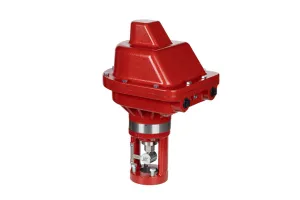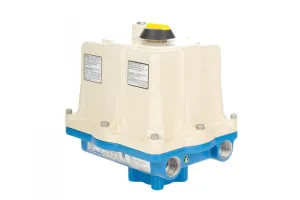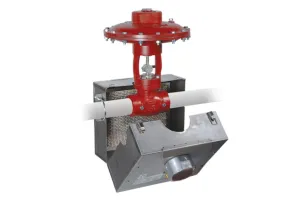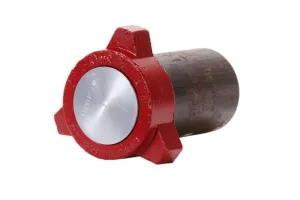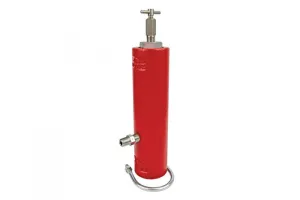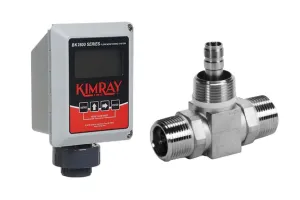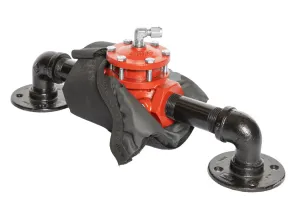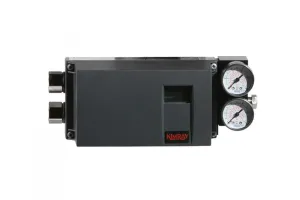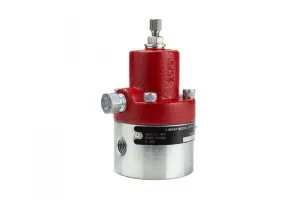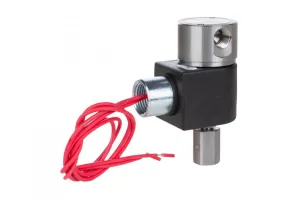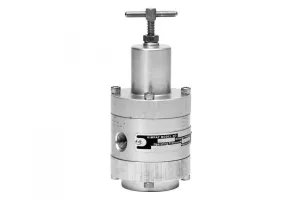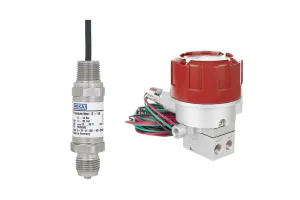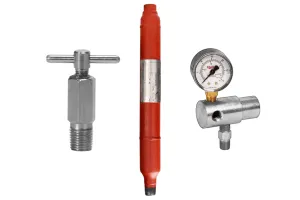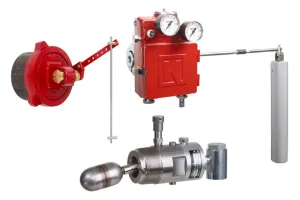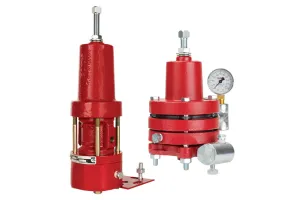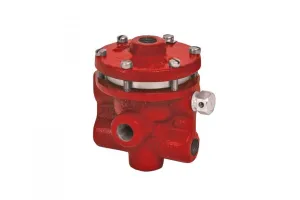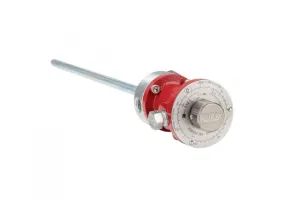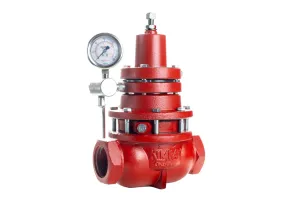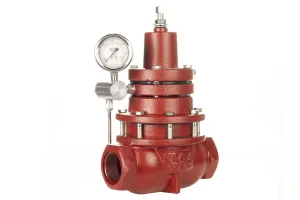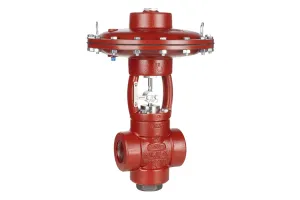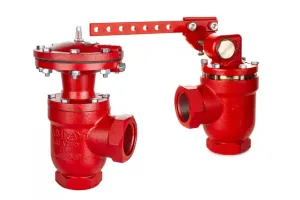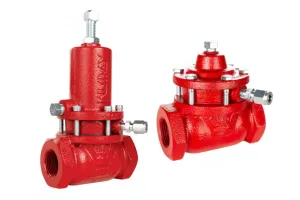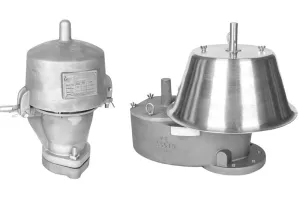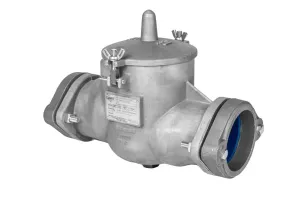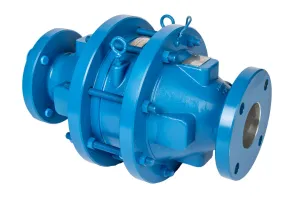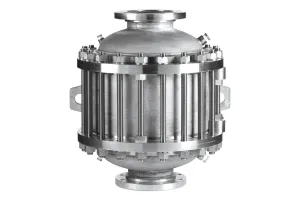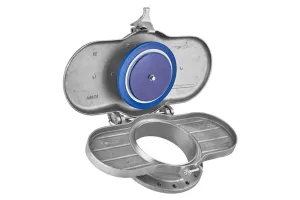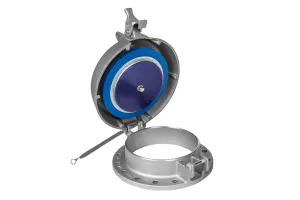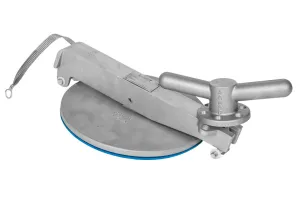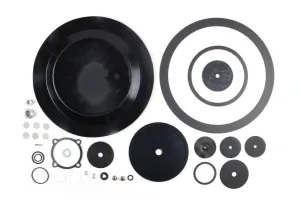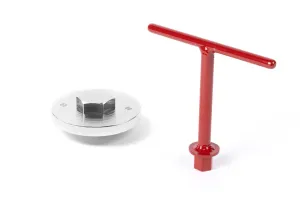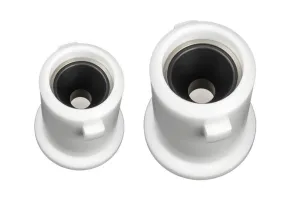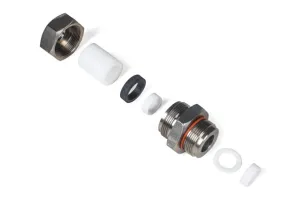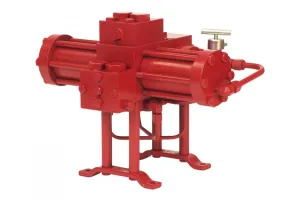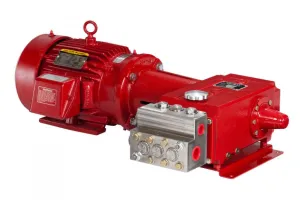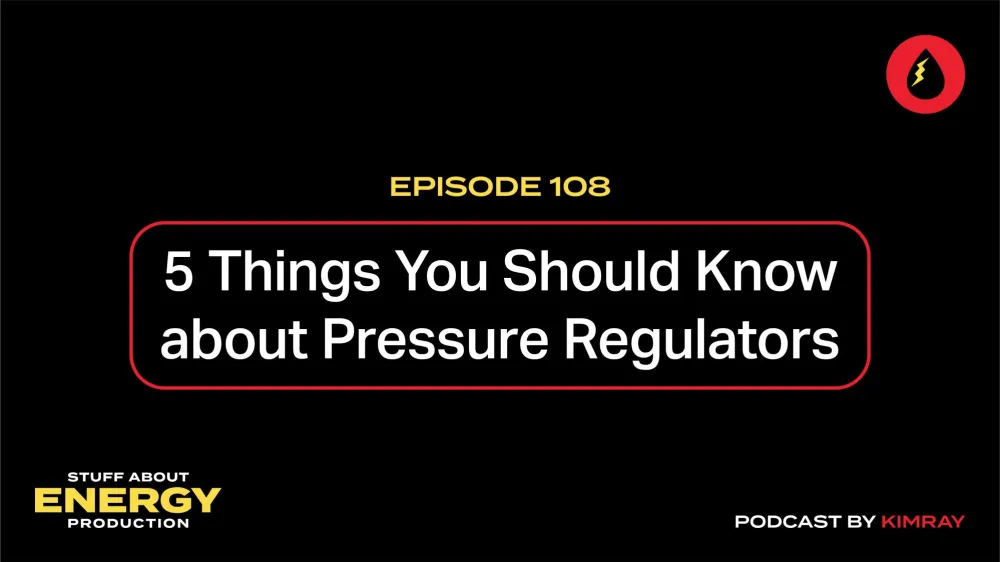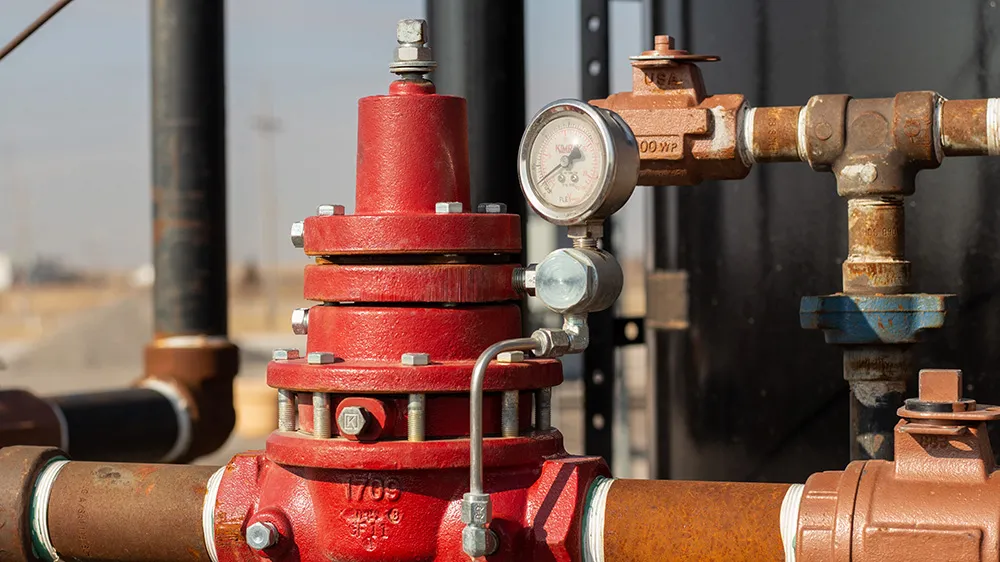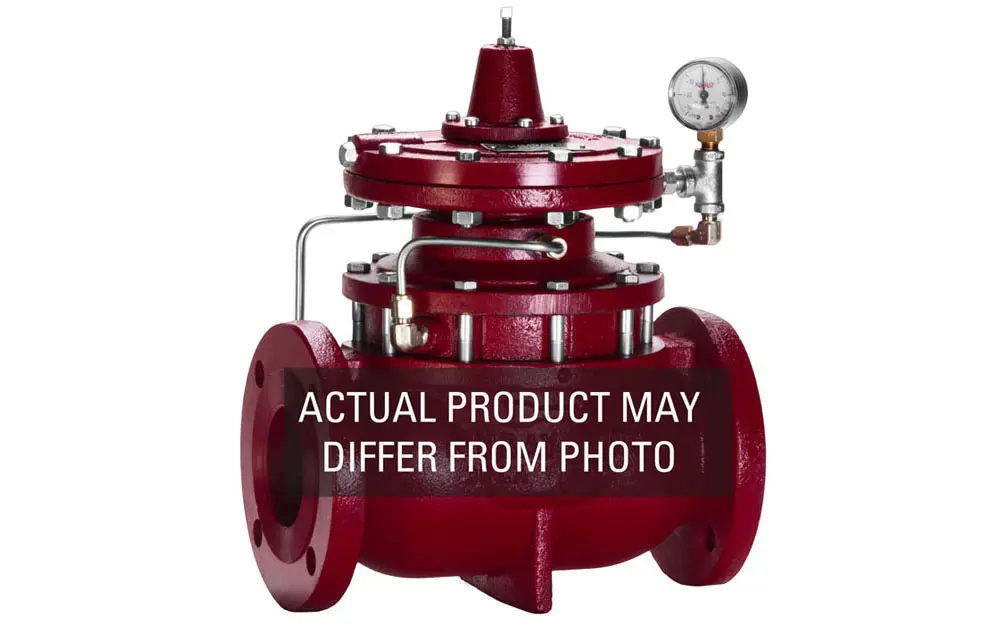
AOZD5
Build & Save a Quote
We'll get you options, pricing, and anything else you need.

Anything we can do to help?
Talk to a specialist at (405) 525-4298 or fill out a quick product message form.
Product Charts
Tech Specs
| Type | Value |
|---|---|
| Connection Size: | 4 " |
| Connection Type: | 150 RF |
| Body Style: | Through Body |
| Body Material: | Cast Ductile |
| NACE MR0175: | Option Available for NACE MR0175 compliance or certification |
| Trim Size: | 4 " |
| Trim Type: | Equal Percentage |
| Leakage Class: | Class VI |
| Process Fluid: | Gas |
| Pilot Type: | Vent |
| Max Working Pressure: | 250 psig |
| Min Set Point Pressure: | 0.0625 psig |
| Max Set Point Pressure: | 5 psig |
| Operation: | Pneumatic |
| Catalog Page: | 06:50.9 |
| Face-to-Face Length: | 15 " |
| Max Cv: | 210 |
| Cf: | 0.75 |
| Weight: | 173 lbs |
Product Videos
Compatible Kits and Tools
| Type | Product Code | |
|---|---|---|
| Repair Kit: | RYQ | + ADD TO QUOTE |
Frequently Asked Questions
Common applications for PR regulators include using them as suction controllers and re-circulation controllers on gas compressors.
Different options are available to accommodate corrosive or erosive environments. This includes different elastomer options as well as stainless steel component and trim options.
MWP depends on multiple factors such as end connection type, shell material type, and if the regulator is a standard pressure or low pressure regulator. Similarly, temperature ranges will be dependent on the elastomer option that is used on the soft goods in the assembly.
Typically, the standard process media is natural gas. However, the Pressure Reducing Outside Supply Regulator can handle “wet gas” since that gas does not interact with the pilot assembly.
Repair Kits are available for all regulators. Maintenance is recommended to be performed at least once a year. However, this frequency can increase depending on the application and potential changes in operation conditions.
Still have a question? Send us a quick product message to get help from our team.
Quick Links
Kimray has a team of experts that can help you identify the right products to meet your product and emissions goals.
Talk to a specialist Mon - Fri, 7 AM - 5 PM CST at (405) 525-4298.
